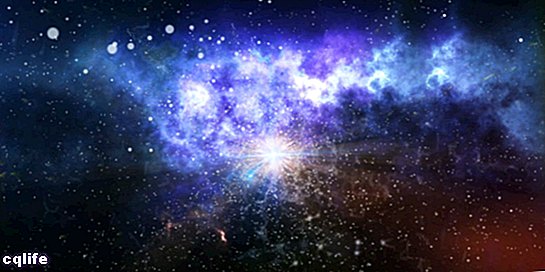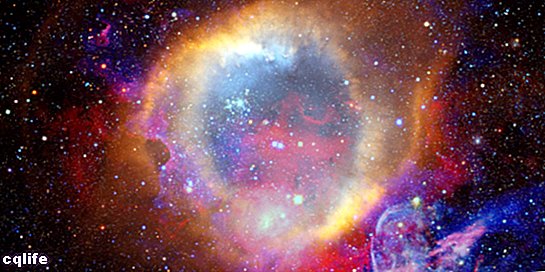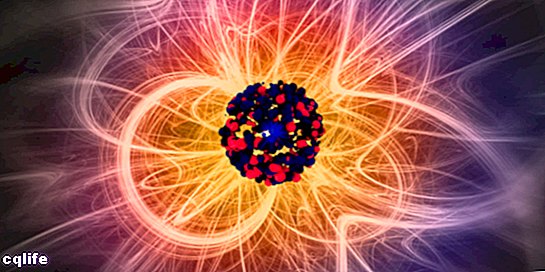We explain what dark matter is and why it is so important. Also, what is antimatter and dark energy.

What is dark matter?
In astrophysics, dark matter is known as a component of theuniverse distinct from so-called baryonic matter (ordinary matter), neutrinos, and dark energy. Its name comes from the fact that it does not emit or interact in any way with electromagnetic radiation and is therefore invisible throughout the spectrum of electromagnetic radiation. It should not, however, be confused with antimatter.
Dark matter makes up 25% of the mass total of the universe and there are strong indications of its existence due to the effects of itsgravity, which are noticeable in the astronomical objects around you. In fact, the possibility that it existed was first proposed in 1933, when the Swiss astronomer and physicist Fritz Zwicky noticed that a "non-visible mass" influenced the orbital speeds of clusters of galaxies. Since then, many other observations additional have agreed to indicate its probable existence.
Not much is known about dark matter. Its composition is an enigma, but one possibility could be that it was composed of ordinary, heavy neutrinos, or ofparticles recently proposed elementals, such as WIMPs. weakly interacting massive particles), or axions, to name just a few examples. The definitive answer about its composition is one of the main questions of modern cosmology and of the physical of particles.
Importance of dark matter

The existence of dark matter is important in understanding the formation model of the universe of the big Bang and the mode of behavior of space bodies. Scientific calculations show that there is much more matter in the universe than can be observed. For example, it is usual for the predicted behavior of galaxies to be altered for no apparent reason, except for the possibility that there is an unobservable amount of matter exerting a gravitational modification on the galaxy. matter visible.
Antimatter

We must not confuse dark matter with antimatter. The latter is a form of ordinary matter, like the one that makes us up, but made up of fundamental particles of opposite electrical sign: positive / negative.
An anti-electron is a particle of antimatter that would correspond to a electron, but with a positive charge instead of a negative one. Anti-matter does not exist in a stable form because it is annihilated with matter (which exists in greater proportion) so it is not organized intoatoms and inmolecules observable. Antimatter can only be obtained through particle accelerators. However, its production is complicated and expensive.
Dark energy

Dark energy is a form of energy present throughout the space of the universe, which tends to accelerate its expansion through aPressure orgravitational force repulsive.
It is estimated that 68% of the Energy-the matter of the universe is of this type, and that it is a very homogeneous form of energy, which does not interact with any other of the fundamental forces of the universe, which is why it is called "dark". But it has nothing to do, in principle, with dark matter.
